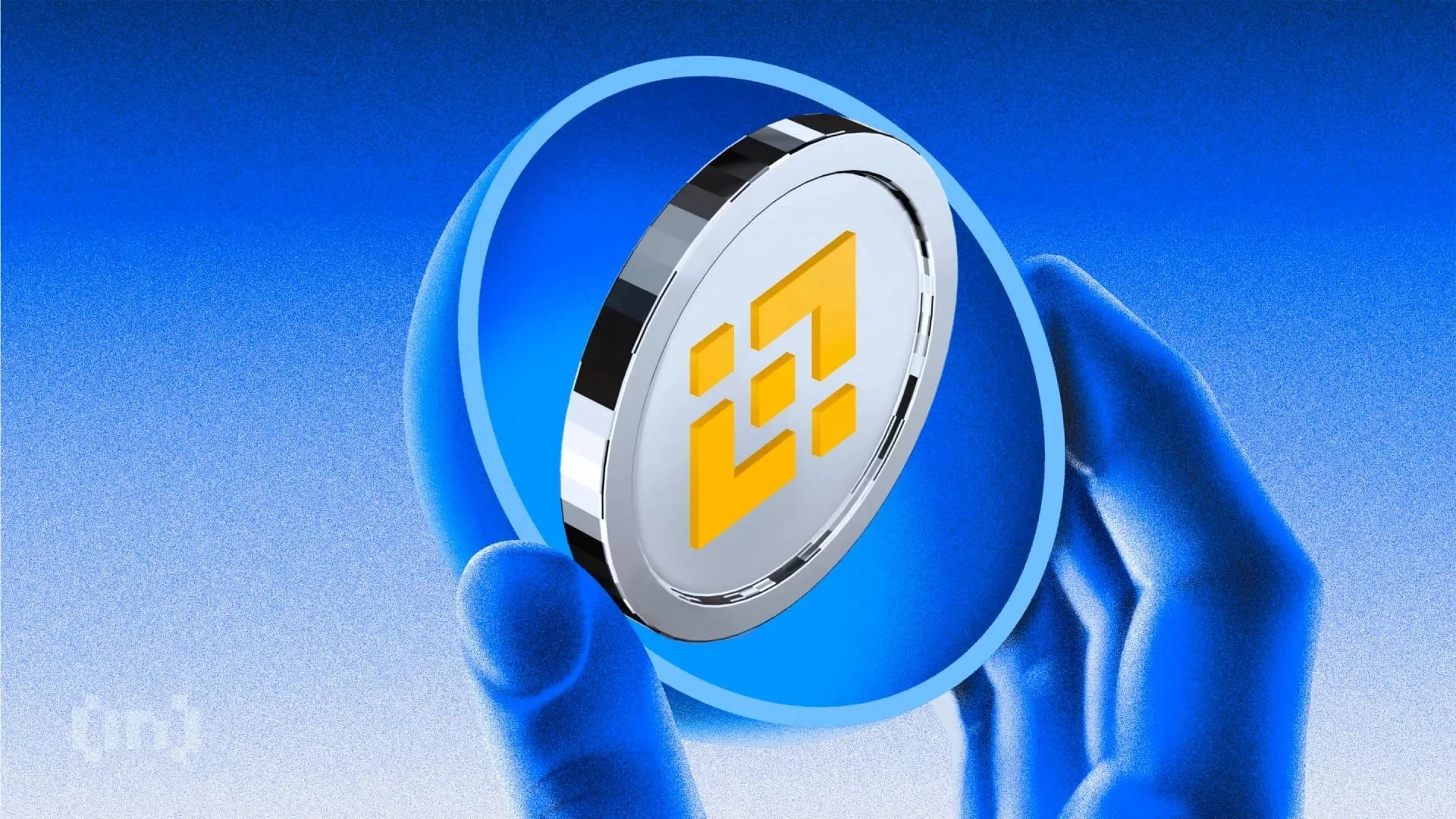Tokenization is transforming asset ownership by converting rights to physical or digital assets into digital tokens on a blockchain․ This process unlocks fractional ownership, enhances liquidity, and improves accessibility․
Benefits of Tokenization
Содержание статьи:
- Increased Liquidity: Tokenization makes previously illiquid assets, like real estate or art, more tradable․
- Fractional Ownership: It allows for dividing high-value assets into smaller, affordable units․
- Enhanced Transparency: Blockchain technology records transactions in an immutable ledger․
- Reduced Costs: Tokenization cuts down on transaction costs by reducing intermediaries․
Risks and Challenges
While tokenization offers numerous advantages, it also presents challenges:
- Regulatory Uncertainty: Varying regulations across jurisdictions complicate compliance․
- Valuation Challenges: Determining the value of unique assets can be difficult․
- Technological Risks: Smart contracts are vulnerable to hacking and errors․
- Security Risks: Private key loss can lead to permanent asset loss․
Examples of Tokenized Assets
A wide range of assets can be tokenized, including:
- Real Estate
- Art and Collectibles
- Commodities (gold, oil)
- Intellectual Property
- Sports Teams
Mitigating Risks
To mitigate risks, implement these measures:
- Regulatory Compliance: Engage legal experts․
- Smart Contract Audits: Conduct thorough audits․
- Secure Key Management: Use multi-signature wallets․
- Custodial Solutions: Implement secure custody solutions․
By addressing these challenges, tokenized assets can revolutionize investment and democratize access to high-value assets․
